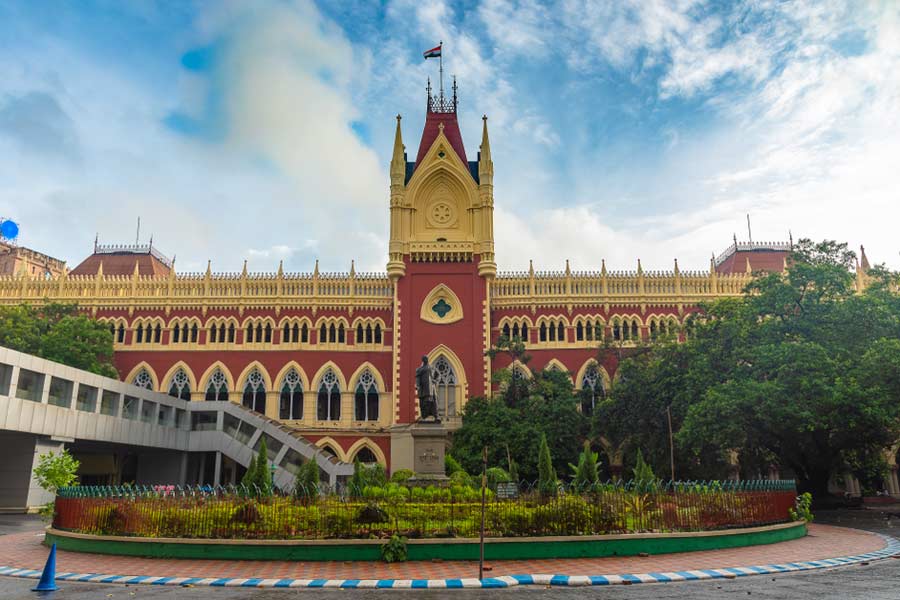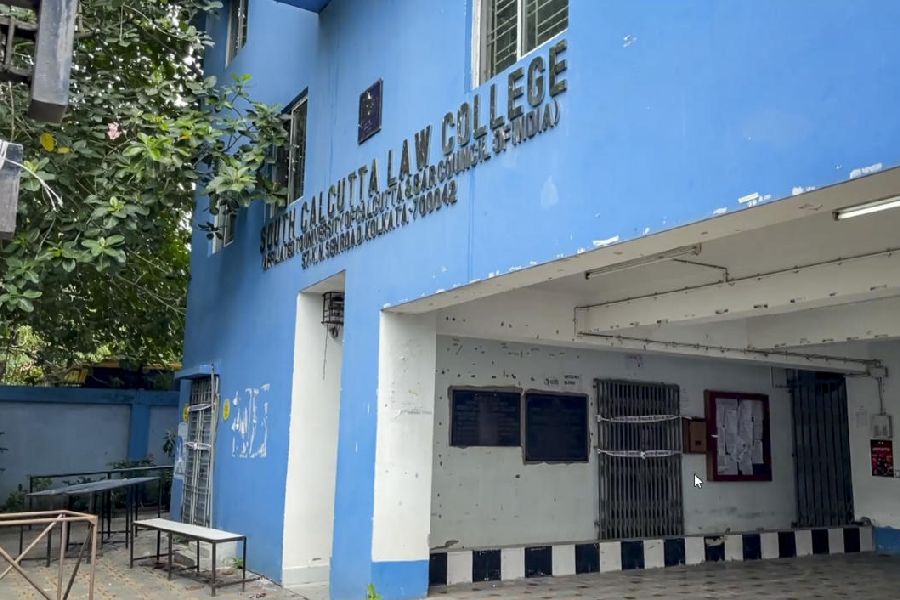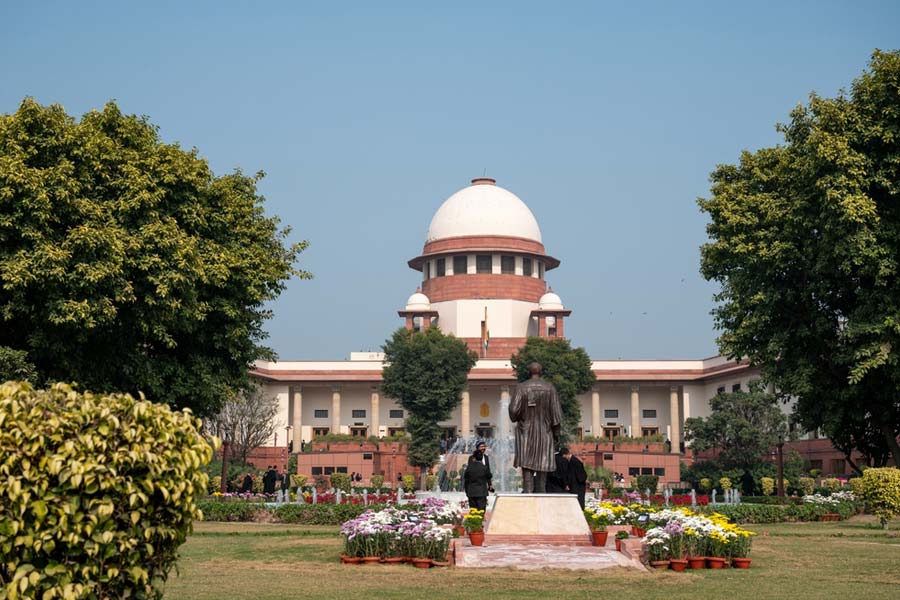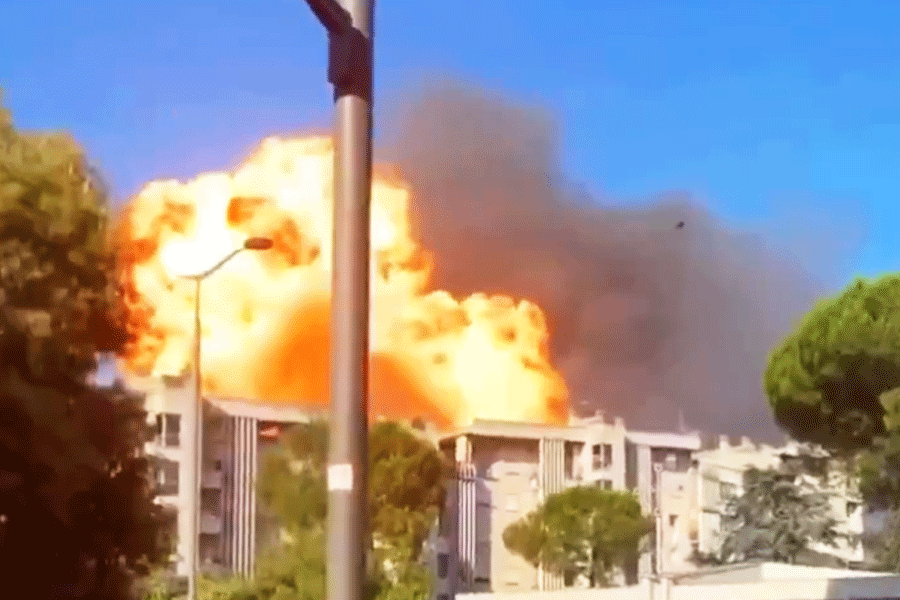Guwahati, June 15: Two organisations from Assam are busy making the earth a better place to live in.
The Rashtriya Vigyan and Pradyogiki Sanchar Parishad (RVPSP) of the department of science and technology has entrusted the Assam Science Technology and Environment Council and a Nagaon-based NGO called Society for Socio-Economic Awareness and Environment Protection with the job of designing a map-learning programme.
It is a tool to study and understand Planet Earth and its potential which will be used extensively across the subcontinent next year.
The year has been declared by the United Nations General Assembly as the International Year of Planet Earth.
“They have already designed the programme in detail. It seeks to increase skills for observing, collecting, analysing, synthesising and presenting information related to everyday life primarily through maps and thus empower people for proper utilisation of maps in daily life,” director of the council A.K. Baruwa said.
Earlier, presentations were made by Jayanta Sarma, a member of the NGO and also a senior lecturer of department of geography, Nagaon Girls’ College, in two brainstorming workshops of stakeholders. They came from all over the country.
The meet was organised by the RVPSP in Calcutta and Pune last year.
Baruwa said the module was now ready and the guidelines for development of software and subsequent launching would be finalised at a workshop to be held in Guwahati on Monday and Tuesday.
He said the module would be distributed in every district of the country and was specially meant for students of Class X upwards.
“Maps are important tools to study and understand the planet and its potential. They help in understanding nature and making judicious decisions about use of its resources,” Baruwa said.
The programme covers broad areas of planning and organising a geographic project, acquiring information by geographic location and gathering of information from a variety of primary and secondary sources.
The next step is systematic assessment, organisation and analysis of the information before answering questions.










